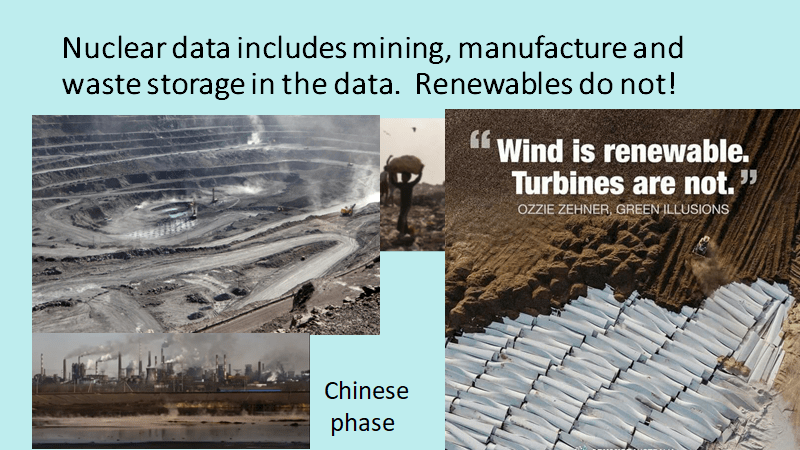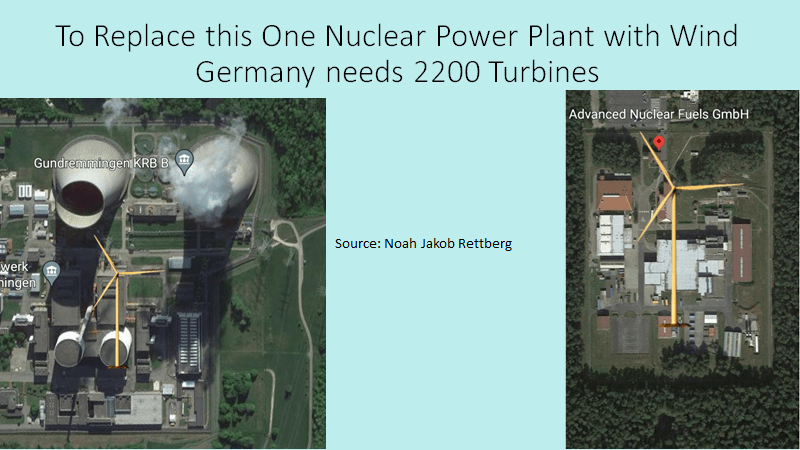


When I first put these slides together, I didn’t fully understand just how insightful Brook and Bradshaw had been. I love the paper because it compared the areas needed for different electricity production technologies and because it suggested that nuclear might have real advantages. I now have a greater understanding of the conservation issues associated with the different forms of power generation and how the siting of the power facilities might not only have an impact on the land area impacted but that it could be critical in terms of the benefit to cost ratios. Biodiversity is important to the survival of this planet. Loss of biodiversity will lessen resilience to changes in climate and our ability to grow food.
The destruction of remnant forest areas in Australia has no excuse on this basis. The cost of building renewable energy sources in forest or on food producing land is enormous. Forests do so much to mitigate climate change. Not only do they store and sequester carbon in the trees, the roots and in the soil beneath, they have enormous influence on the climate itself through the hydrological cycle.
A review published in 2017 by the North East Forest Alliance called Clearing our Rainfall Away by Dailan Pugh can be accessed as a download at
https://www.nefa.org.au/clearing_our_rainfall_away
We have known for centuries that clearing forests can reduce rainfall. Australia is a very dry continent. One thing we can all agree upon is that we do not want less rainfall on this continent. Unfortunately, removal of forest can also lead to increased flooding when it does rain.

One area that is not agreed upon is the real footprint of land based wind turbines. Some assessments suggest that the only footprint is the size of the base of a turbine. This may be the case for a few isolated turbines on certain types of agricultural land. It is certainly not the case for turbines built in forests. The greatest area of land clearing can be the access roads which as turbines become bigger, become wider and wider. For example, the access roads for the Chalumbin project will be 70 m wide. The total area absolutely cleared to bare ground is about 1200 ha. Further disturbance and fragmentation of the surrounding forest with its critical biodiversity is much greater. Some estimates of wind energy footprints include turbine spacing as shown in the slide below.
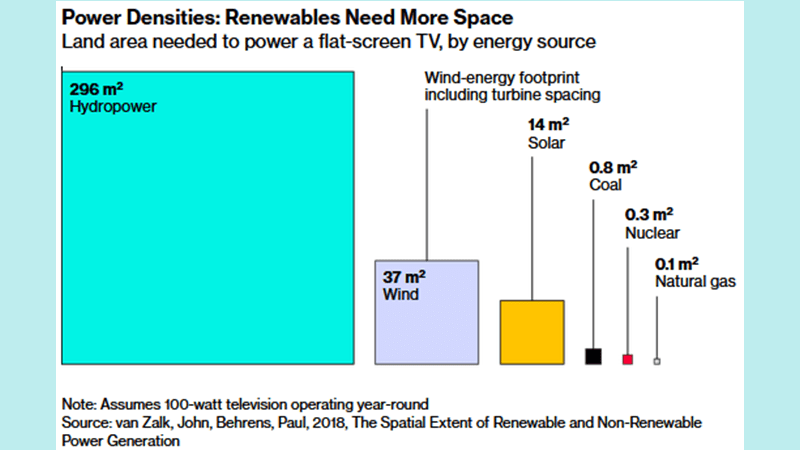
The next slides are based on a study undertaken by Princeton University. The first slide illustrates the area currently taken up by biofuels and other energy related land uses in the United States.

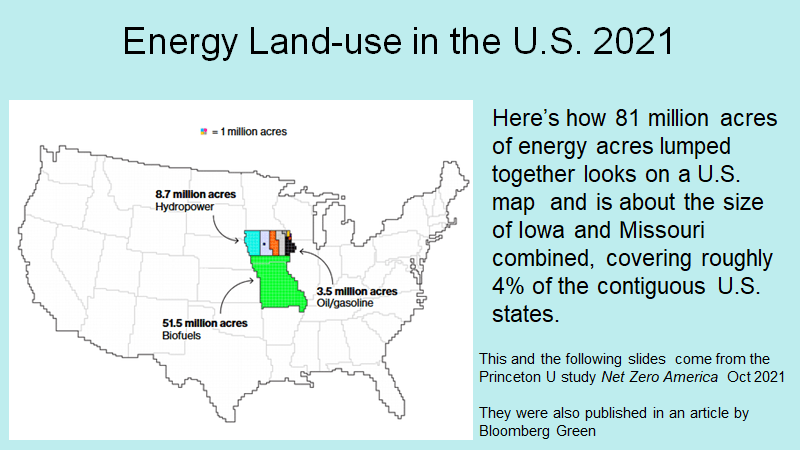


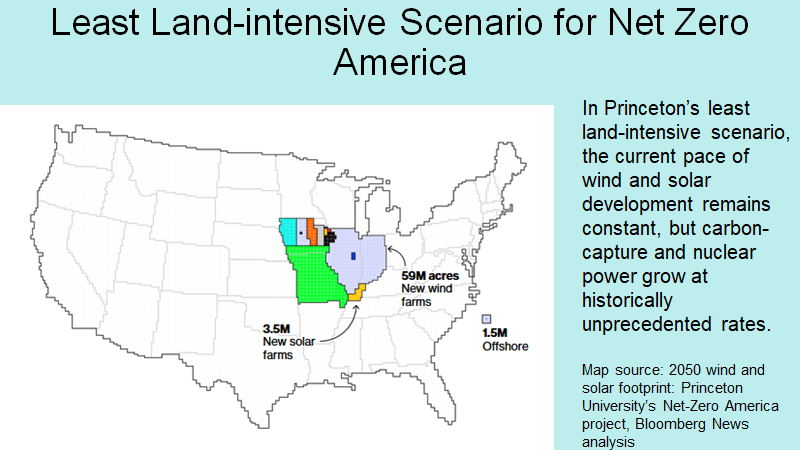

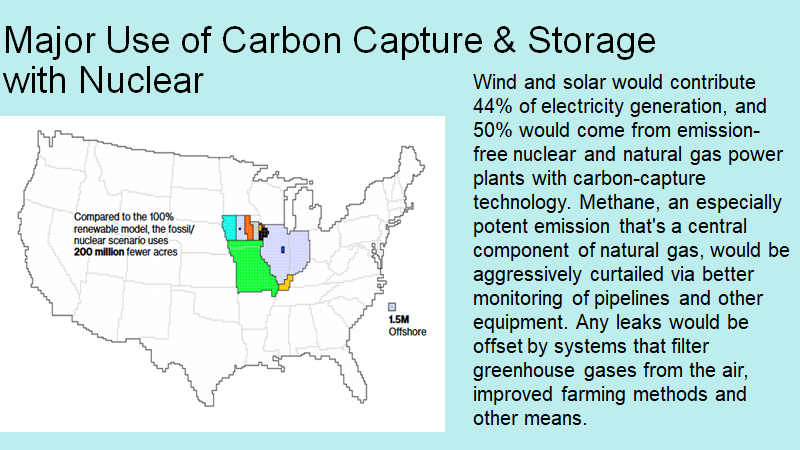
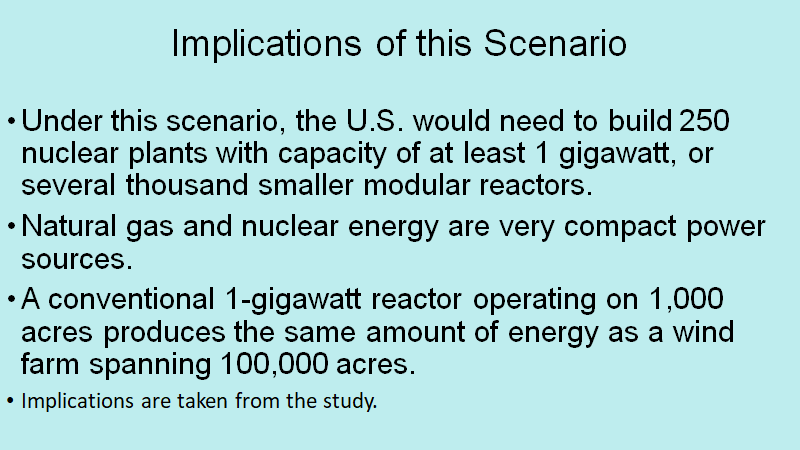


I am not sure whether the data above factors in all forms of energy that may need to replaced in a carbon neutral world. I doubt it.

This slide has been taken from another of my presentations but serves to illustrate some of the issues not taken into account when looking at the land-use areas required by different sorts of power generation. I have not seen estimates of the mining areas required to build wind turbines, nor is final waste requirements taken into account. I am not sure whether the estimates of wind power land requirements only take into account the nameplate estimates of power produced and not actual power produced. Certainly in Australia, it is very common to see nameplate figures for wind power used as if this was the amount of power that would be produced. In reality, throughout the world, wind farms tend to produce 10% to 30% of their nameplate power.
